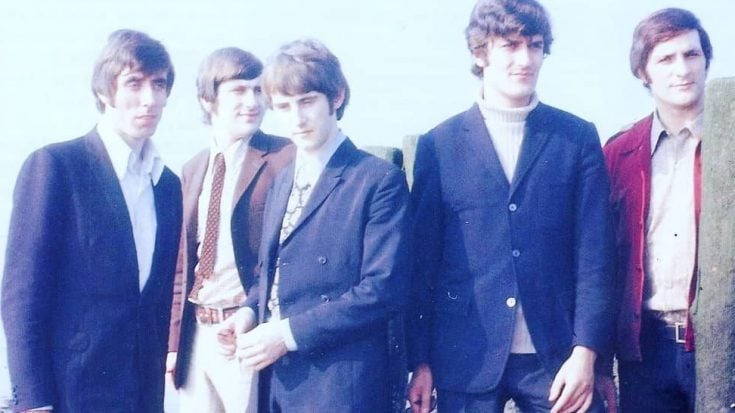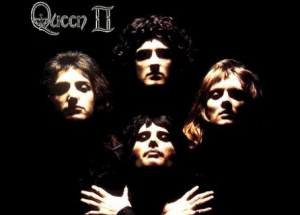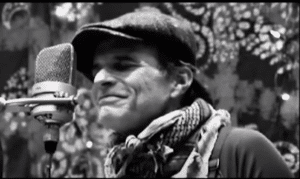How The Moody Blues’ Music Stood up Against other Big English Rockbands

The original Moody Blues - @ themoodyblues_ / Instagram
The British Invasion phenomenon paved the way for UK artists to break through American airwaves. The Beatles were undeniably at the head of the charge, becoming the ambassador of British music for America, and later, to the world. Long, elegant mop-tops, crisp, orthodox coats, wielding electric guitars and playing rock & roll fresh to American ears, it didn’t take long for the magic four to become household names. Other iconic trailblazers like The Rolling Stones, The Who, and The Animals rallied behind and equally played their parts in propagating UK’s musical cult.
In the midst of the hustle and bustle of British music baptizing American neophytes, homegrown band The Moody Blues nurtured their sound in their own backyard. The band became a staple in Birmingham, and for a reason: they were pioneers of progressive rock. The band stood out from the rest with their signature psychedelic sound. Its quality has been described as letting the listener experience auditory hallucinations and altered states of consciousness without actually dropping acid, which was a whole culture in itself back in the day.
Their second album, Days of Future Passed, propelled them to the pedestal as the standard of progressive rock. Infused with classical elements, the signature mellotron sound, which then coupled with the unusually monotonous writing about everyday life, the band hit hard with the songs “Nights in White Satin” and “Tuesday Afternoon”. A Question of Balance, another hit album in the 1970s known for its fame in America by reaching 3rd in the charts, traded their trademark fullness of sounds for a feasible concert set. Guitarist Justin Hayward experimented with guitar effects to produce a melodic buzz sound. This was showcased in a song he wrote, “Question”, alongside the equally famous “Melancholy Man”, a somber piece with a haunting chorus hanging in the background.













